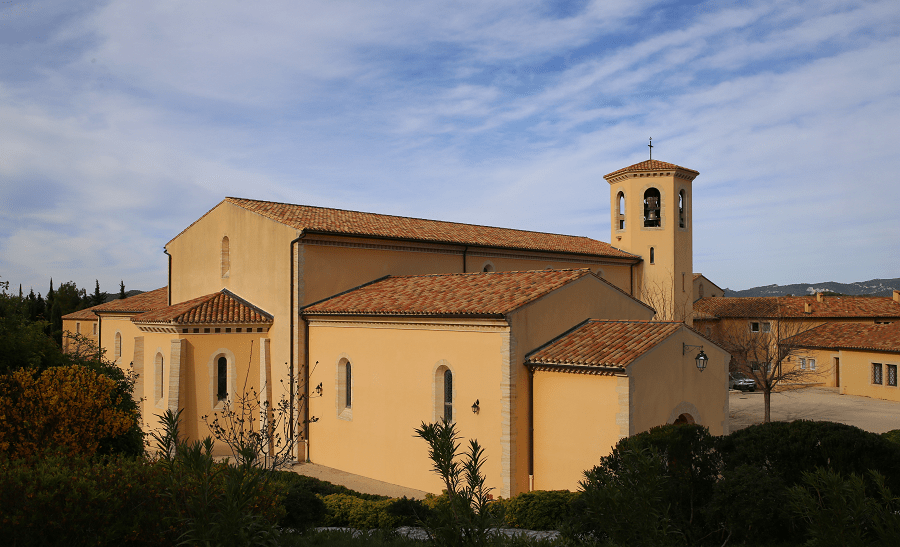The Luxembourg Gardens (Jardin du Luxembourg) is a garden open to the public, located in the 6th arrondissement of Paris (France). Created in 1612 at the request of Marie de Medici to accompany the Luxembourg Palace, it was the subject of a restoration led by the architect Jean-François-Thérèse Chalgrin under the First Empire and now belongs to the domain of the Senate. It extends over 23 hectares (21 open to the public) decorated with flower beds and sculptures.
In 2022, according to a ranking by the English-speaking site HouseFresh which aggregated the opinions of tens of thousands of tourists, it is designated as the most beautiful garden in Europe and third most beautiful garden in the world, behind the Gardens by the Bay in Singapore and the Majorelle Garden in Marrakech.
The name Luxembourg comes from the Latin Mons Lucotitius, the name of the hill where the garden is located.
The garden is largely devoted to a green parterre of gravel and lawn populated with statues and centred on a large octagonal basin of water, with a central jet of water; in it children sail model boats.
The garden is famed for its calm atmosphere. Surrounding the bassin on the raised balustraded terraces are a series of statues of former French queens, saints and copies after the Antique. In the southwest corner, there is an orchard of apple and pear trees and the théâtre des marionnettes (puppet theatre).
The gardens include a large fenced-in playground for young children and their parents and a vintage carousel. In addition, free musical performances are presented in a gazebo on the grounds and there is a small cafe restaurant nearby, under the trees, with both indoor and outdoor seating from which many people enjoy the music over a glass of wine.
The orangerie displays art, photography and sculptures. The model boat pond in Conservatory Water in Central Park in Manhattan, New York City, is loosely based on that of one in the Jardin du Luxembourg.
The École nationale supérieure des Mines de Paris and the Odéon theatre stand next to the Luxembourg Garden.
The central axis of the garden is extended, beyond its wrought iron grill and gates opening to rue Auguste Comte, by the central esplanade of the rue de l’Observatoire, officially the Jardin Marco Polo, where sculptures of the four Times of Day alternate with columns and culminate at the southern end with the 1874 “Fountain of the Observatory”, also known as the “Fontaine des Quatre-Parties-du-Monde” or the “Carpeaux Fountain”, for its sculptures by Jean-Baptiste Carpeaux. It was installed as part of the development of the avenue de l’Observatoire by Gabriel Davioud in 1867.
The bronze fountain represents the work of four sculptors: Louis Vuillemot carved the garlands and festoons around the pedestal, Pierre Legrain carved the armillary with interior globe and zodiac band; the animalier Emmanuel Fremiet designed the eight horses, marine turtles and spouting fish.
Most importantly Jean-Baptiste Carpeaux sculpted the four nude women supporting the globe, representing the Four Continents of classical iconography.
Open hours for the Luxembourg Garden depend on the month: opening between 7:30 and 8:15 am; closing at dusk between 4:45 and 9:45 pm.
The garden contains just over a hundred statues, monuments, and fountains, scattered throughout the grounds. Surrounding the central green space are twenty figures of French queens and illustrious women standing on pedestals. They were commissioned by Louis-Philippe in 1848.
The Luxembourg Garden is accessible by public transport via the (RER) (B) at Gare du Luxembourg station; by metro line (M) (4) to Vavin or Saint-Sulpice stations; by line (M) (12) at Notre-Dame-des-Champs station and by bus lines (BUS) RATP 21 27 38 58 82 83 84 85 89.
See more:





















